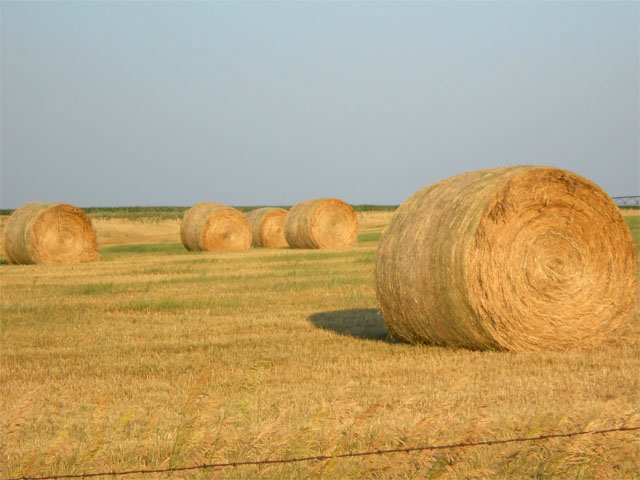USDA Rule on Haying, Grazing Change
RMA Provides More Flexibility on Cover Crops After Prevented-Planting Claims
OMAHA (DTN) -- Farmers who didn't get a cash crop in before the end of their crop-insurance late planting period will be allowed to hay, graze and use cover crops for silage before Nov. 1 without a penalty under a policy change announced Tuesday by USDA.
In the past, producers who hayed or grazed cover crops on prevented-planting acres before that Nov. 1 date would see their prevented-planting payment cut by 65%. USDA stated producers could now "hay, graze or chop cover crops for silage, haylage or baleage at any time and still receive 100% of the prevented-planting payment."
USDA's decision comes after two years of complaints by producers and lawmakers who have called for USDA to scrap the Nov. 1 rule, arguing that cover crops hayed or grazed in parts of the country after Nov. 1 had little nutritional benefit for livestock even if they survive an early frost. The prevented-planting rules were highlighted especially in 2019 when nearly 20 million acres ended up with prevented-planting claims but USDA aggressively encouraged producers to try planting a cover crop on ground where it was feasible.
In its announcement, USDA's Risk Management Agency stated the flexibility on haying or grazing cover crops is part of a broader effort in the department to encourage producers to plant cover crops, "an important and good farming practice," RMA stated. Cover crops help reduce soil erosion and improve soil health, the agency added.
P[L1] D[0x0] M[300x250] OOP[F] ADUNIT[] T[]
"We work diligently to ensure the Federal Crop Insurance Program helps producers effectively manage risk on their farms while also conserving natural resources," said Richard Flournoy, the acting RMA administrator. "We are dedicated to responding to the needs of producers, and this flexibility is good for agriculture and promotes climate smart agricultural practices. We are glad we can better support producers who use cover crops."
Moving forward for this crop year and beyond, RMA will not consider a cover crop planted following a prevented-planting claim to be a second crop. RMA will continue to consider a cover crop harvested for grain or seed to be a second crop and it will remain subject to the reduction in prevented-planting indemnity, the agency stated.
Members of Congress had been pushing for the change and several had introduced legislation to get USDA to change the haying and grazing date.
"With difficult growing conditions in recent years, I have been fighting to give producers in our state flexibility when it comes to harvesting cover crops on prevented plant acres," said Sen. John Thune, R-S.D., following USDA's decision. "I am glad USDA listened to our calls to lift the prohibition on haying, grazing, and chopping prior to the Nov. 1 date. This will help level the playing field for producers in northern states like South Dakota."
At the moment, it's unclear how many acres nationally will be impacted by prevented-planting claims. Acreage reports for producers are due at the local Farm Serve Agency offices on July 15.
The change in cover crop use comes as ranchers in drought-stricken areas are working to secure forage for their livestock. https://www.dtnpf.com/…
More information on USDA's cover crop rules and prevented-planting policies can be found at
Chris Clayton can be reached at Chris.Clayton@dtn.com
Follow him on Twitter @ChrisClaytonDTN
(c) Copyright 2021 DTN, LLC. All rights reserved.






